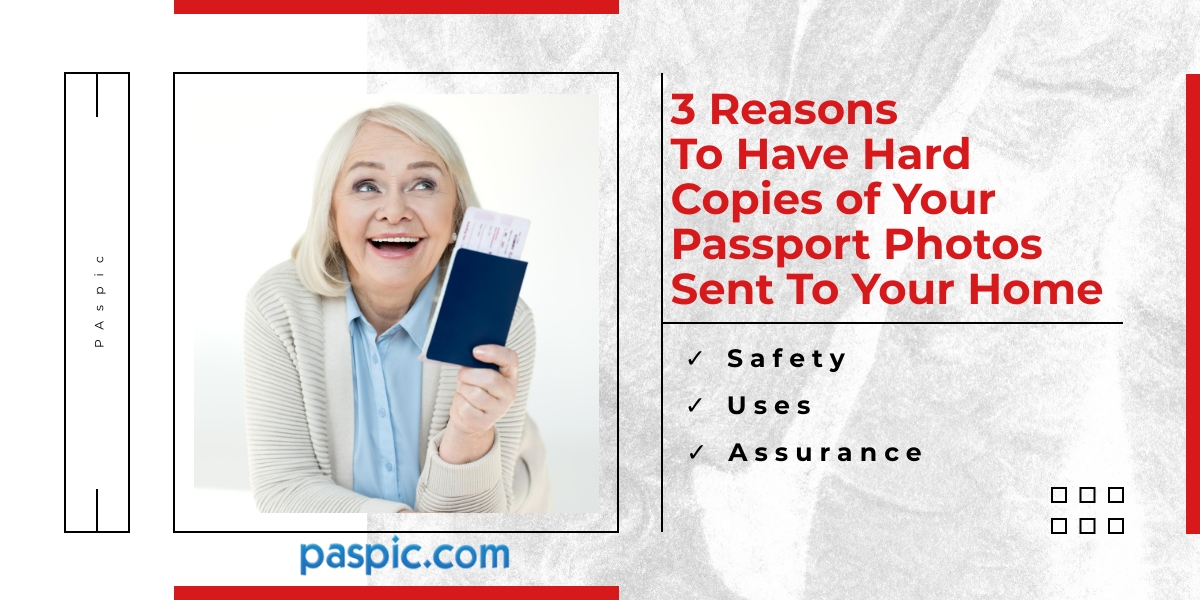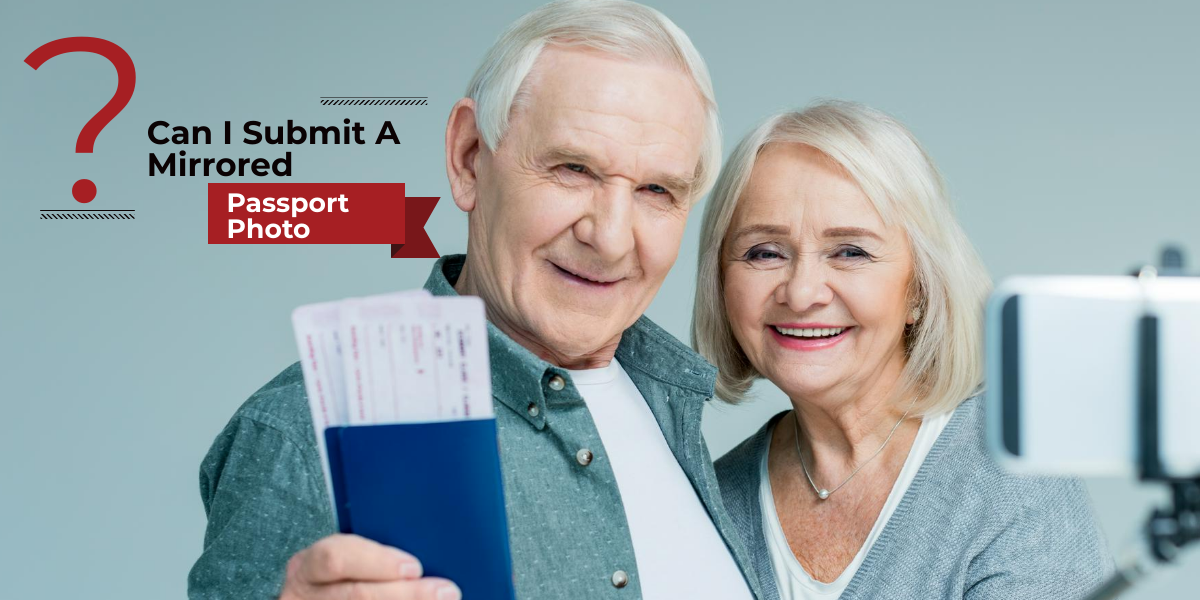There are some items of jewellery which people wear everyday of their lives. This includes the likes of necklaces and earrings. However, you’re right to question whether these pieces should be removed for the purpose of a passport photo. After all, the passport picture guidelines are shrouded in rules and guidelines – all of which are liable to delay your application if you don’t fully adhere to them. The question is: will your passport photo be rejected simply because you’re wearing jewellery? Let’s look at what you need to know.
Is jewellery allowed?
You will be happy to learn that you are generally allowed to wear jewellery on your passport photo. The likes of necklaces and earrings are acceptable, as well as piercings on your face. You usually will not be required to remove these items to obtain a satisfactory passport picture, so it’s up to you whether you choose to wear them or not when taking your passport picture.
Are there exceptions?
The only time that there could be an issue is if a piece of jewellery were to obstruct your face. This is most likely to happen with the likes of piercings rather than necklaces and earrings. Earrings, if excessive in nature, may also cause the photo to be rejected. Therefore, it would be safer to wear studs rather than ones that dangle and are overly elaborate.
What else is there?
You should also be aware that some pieces of jewellery might be prone to reflecting light. This is strictly prohibited, so you’ll need to keep an eye out for any instance of this happening. Taking your photo without a flash can help, as well as moving a safe distance away from other light sources when you’re posing for the picture.
There’s always help
If you’re unsure whether you’ve taken a suitable passport photo then you should know that there is help available. Paspic offers a service in which your passport picture is analysed to ensure it meets all the guidelines and will be accepted with your application. Be sure to get in touch if you’re looking to take advantage.



